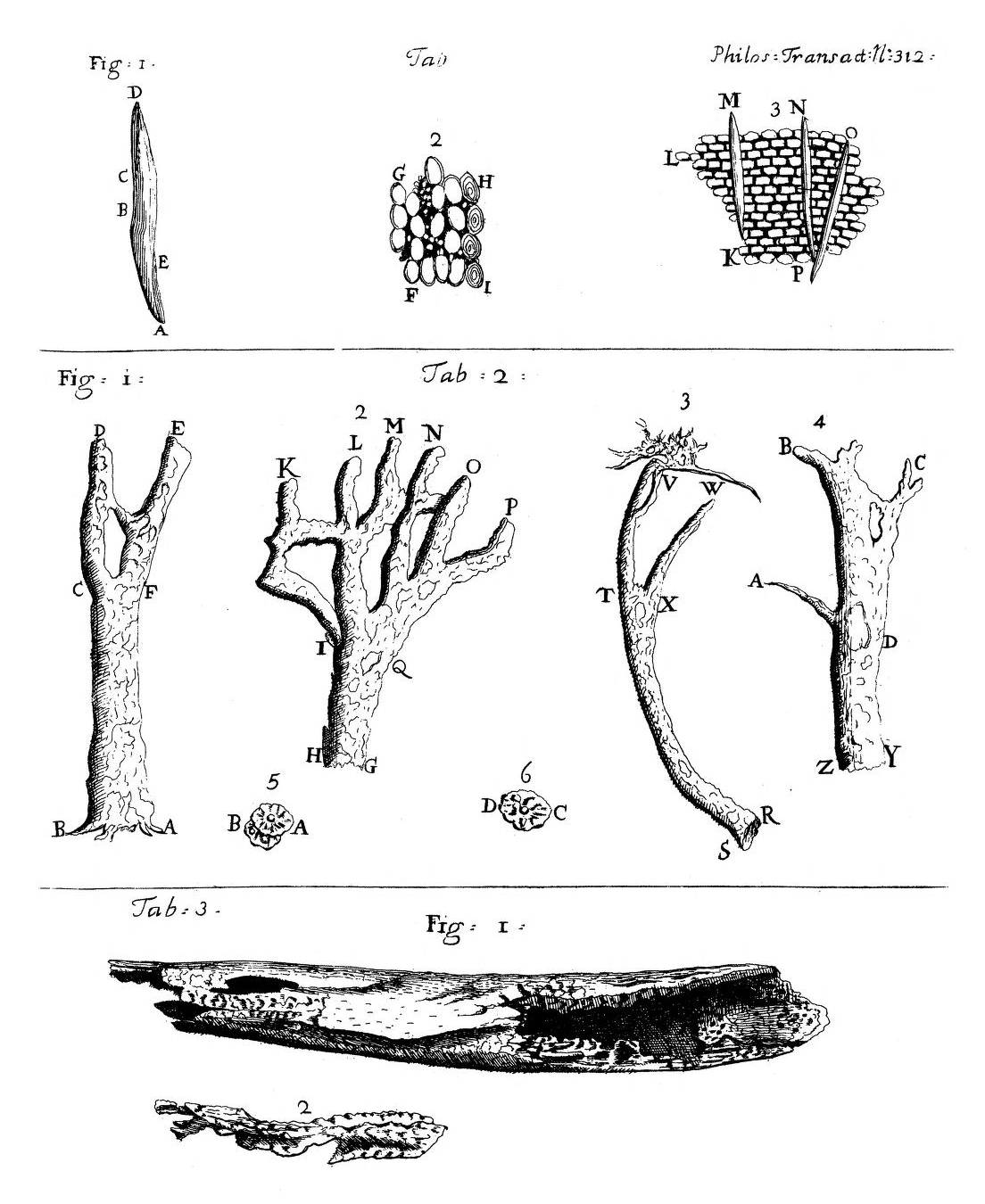|
Earl Core
Earl Lemley Core (January 20, 1902 – December 8, 1984) was an American botanist and botanical educator, researcher, author and historian of West Virginia. He was founder of the Southern Appalachian Botanical Club and editor of its journal, ''Castanea'', for thirty-five years. He was a teacher and professor at West Virginia University (WVU) from 1928 to 1972. He served for four years on the Morgantown City Council, and served as mayor of Morgantown for two years. The Earl L. Core Arboretum at WVU was named in his honor in 1967. Clarkson, Roy B. and Jesse F. Clovis (1984), "Earl Lemley Core, 1902-1984", ''Castanea'' 50(1): 1-6. Biography Youth and education Core was born on January 20, 1902, at Core, West Virginia, the son of Harry Michael and Clara Edna (''née'' Lemley) Core. He graduated from Morgantown High School and taught in rural schools from 1920 to 1923. He then attended WVU, earning a Bachelor of Arts in 1926 and a Master of Arts in 1928. He earned his Doctor of Ph ... [...More Info...] [...Related Items...] OR: [Wikipedia] [Google] [Baidu] |
Core, West Virginia
Core is an unincorporated community in Monongalia County, West Virginia West Virginia is a mountainous U.S. state, state in the Southern United States, Southern and Mid-Atlantic (United States), Mid-Atlantic regions of the United States.The United States Census Bureau, Census Bureau and the Association of American ..., United States. Core is northwest of downtown Morgantown. The community was named after the local Core family. References Unincorporated communities in Monongalia County, West Virginia Unincorporated communities in West Virginia {{MonongaliaCountyWV-geo-stub ... [...More Info...] [...Related Items...] OR: [Wikipedia] [Google] [Baidu] |
Systematics
Systematics is the study of the diversification of living forms, both past and present, and the relationships among living things through time. Relationships are visualized as evolutionary trees (synonyms: phylogenetic trees, phylogenies). Phylogenies have two components: branching order (showing group relationships, graphically represented in cladograms) and branch length (showing amount of evolution). Phylogenetic trees of species and higher taxa are used to study the evolution of traits (e.g., anatomical or molecular characteristics) and the distribution of organisms ( biogeography). Systematics, in other words, is used to understand the evolutionary history of life on Earth. The word systematics is derived from the Latin word of Ancient Greek origin '' systema,'' which means systematic arrangement of organisms. Carl Linnaeus used 'Systema Naturae' as the title of his book. Branches and applications In the study of biological systematics, researchers use the different br ... [...More Info...] [...Related Items...] OR: [Wikipedia] [Google] [Baidu] |
Monongalia County, West Virginia
Monongalia County, known locally as Mon County, is a County (United States), county located in the U.S. state of West Virginia. As of the 2020 United States census, 2020 census, the population was 105,822, making it West Virginia's third-most populous county. Its county seat is Morgantown, West Virginia, Morgantown. The county was founded in 1776. Monongalia County is included in the Morgantown metropolitan area, Morgantown, WV Metropolitan Statistical Area, and is the largest county in North-Central West Virginia. It is part of the Pittsburgh Media in Pittsburgh#DMA, media market. History Monongalia County takes its name from the Monongahela River. The name ''Monongalia'' may be a misspelling of Monongahela. Alternatively, the conventional Latinate ending "-ia" (designating "land of..." or "country of..." — as in ''Arabia'', ''Bolivia'' or ''Colombia'') may have been added to Monongahela (i.e., "Land of the Monongahela"). Monongalia County was formed in 1776 when Virginia ... [...More Info...] [...Related Items...] OR: [Wikipedia] [Google] [Baidu] |
Charleston Gazette
The ''Charleston Gazette-Mail'' is a non-daily morning newspaper in Charleston, West Virginia. It is the product of a July 2015 merger between ''The Charleston Gazette'' and the '' Charleston Daily Mail''. It is one of nine papers owned by HD Media. It publishes Tuesday-Saturday, with the Saturday paper being dated "Weekend", with updates on its website on Sundays and Mondays. History ''Charleston Gazette'' The ''Gazette'' traces its roots to 1873. At the time, it was a weekly newspaper known as the ''Kanawha Chronicle''. It was later renamed ''The Kanawha Gazette'' and the ''Daily Gazette''—before its name was officially changed to ''The Charleston Gazette'' in 1907. In 1912 it came under the control of the Chilton family, who ran it until its bankruptcy in 2018. William E. Chilton, a U.S. senator, was publisher of ''The Gazette'', as were his son, William E. Chilton II, and grandson, W. E. "Ned" Chilton III, Yale graduate and classmate/protégé of conservative colu ... [...More Info...] [...Related Items...] OR: [Wikipedia] [Google] [Baidu] |
Perry Daniel Strausbaugh
Perry Daniel Strausbaugh (March 21, 1886 - May 3, 1965) was an American botanist and expert in the flora of West Virginia. Early life Strausbaugh was born near Republic, Ohio on March 21, 1886. When he was 16, he received his teacher's certificate and began teaching grade school in Danville, Ohio. He first became interested in botany in 1904 while taking college preparatory classes at North Manchester College. In 1906, he received a Bachelor of English from Canton College and Bible Institute. He went on to get a S.B. degree from the College of Wooster in 1913, where he was also working as an instructor. He continued to teach at the school as an instructor in biology from 1913 to 1915, and as assistant professor from 1915 to 1918. In 1916, Strausbaugh enrolled at the University of Chicago as a graduate student in botany under the direction of John Merle Coulter. He earned his Ph.D. in 1920, graduating cum laude.Core, E. (1966). Perry Daniel Strausbaugh. Bulletin of the Torrey ... [...More Info...] [...Related Items...] OR: [Wikipedia] [Google] [Baidu] |
Cinchona
''Cinchona'' (pronounced or ) is a genus of flowering plants in the family Rubiaceae containing at least 23 species of trees and shrubs. All are native to the Tropical Andes, tropical Andean forests of western South America. A few species are reportedly naturalization (biology), naturalized in Central America, Jamaica, French Polynesia, Sulawesi, Saint Helena in the South Atlantic, and São Tomé and Príncipe off the coast of tropical Africa, and others have been cultivated in India and Java, where they have formed hybrids. ''Cinchona'' has been historically sought after for its medicinal value, as the bark of several species yields quinine and other alkaloids. These were the only effective treatments against malaria during the height of European colonialism, which made them of great economic and political importance. Trees in the genus are also known as fever trees because of their antimalarial properties. The artificial Quinine total synthesis, synthesis of quinine in 1944, ... [...More Info...] [...Related Items...] OR: [Wikipedia] [Google] [Baidu] |
Quinine
Quinine is a medication used to treat malaria and babesiosis. This includes the treatment of malaria due to ''Plasmodium falciparum'' that is resistant to chloroquine when artesunate is not available. While sometimes used for nocturnal leg cramps, quinine is not recommended for this purpose due to the risk of serious side effects. It can be taken by mouth or intravenously. Malaria resistance to quinine occurs in certain areas of the world. Quinine is also used as an ingredient in tonic water and other beverages to impart a bitter taste. Common side effects include headache, tinnitus, ringing in the ears, vision issues, and sweating. More severe side effects include deafness, thrombocytopenia, low blood platelets, and an irregular heartbeat. Use can make one more prone to sunburn. While it is unclear if use during pregnancy carries potential for fetal harm, treating malaria during pregnancy with quinine when appropriate is still recommended. Quinine is an alkaloid, a natural ... [...More Info...] [...Related Items...] OR: [Wikipedia] [Google] [Baidu] |
Andes Mountains
The Andes ( ), Andes Mountains or Andean Mountain Range (; ) are the longest continental mountain range in the world, forming a continuous highland along the western edge of South America. The range is long and wide (widest between 18°S and 20°S latitude) and has an average height of about . The Andes extend from south to north through seven South American countries: Argentina, Chile, Bolivia, Peru, Ecuador, Colombia, and Venezuela. Along their length, the Andes are split into several ranges, separated by intermediate depressions. The Andes are the location of several high plateaus—some of which host major cities such as Quito, Bogotá, Cali, Arequipa, Medellín, Bucaramanga, Sucre, Mérida, El Alto, and La Paz. The Altiplano Plateau is the world's second highest after the Tibetan Plateau. These ranges are in turn grouped into three major divisions based on climate: the Tropical Andes, the Dry Andes, and the Wet Andes. The Andes are the highest mountain r ... [...More Info...] [...Related Items...] OR: [Wikipedia] [Google] [Baidu] |
Cinchona Mission
The Cinchona Missions (1942–1945) were a series of expeditions led by the United States to find natural sources of quinine in South America during World War II. Background Bark of species from the genus ''Cinchona'' produces the alkaloid quinine, a potent anti-malarial treatment. Although originally native to South America, cinchona plantations were established in India, Ceylon, and the Dutch East Indies during the 19th century. By 1913, 95 percent of quinine production was controlled by the Dutch Kinabureau through large plantations on Java. With the outbreak of World War II, a supply of quinine was essential for successful military operations. In 1942, the Japanese occupation of the Dutch East Indies cut off the supply of quinine to the allies. Recognizing the need for a new source of quinine, a program was established by the United States Board of Economic Warfare under the operation of the Defense Supplies Corporation (DSC). Professor William C. Steere was brought on as ... [...More Info...] [...Related Items...] OR: [Wikipedia] [Google] [Baidu] |
Concord University
Concord University is a public university in Athens, West Virginia. The institution traces back to February 28, 1872, when the West Virginia Legislature passed "an Act to locate a Branch State Normal School, in the town of Concord Church, in the County of Mercer." The normal school was founded by veterans of both the Union and the Confederacy. It was aptly named "Concord" to embody the ideals of harmony and fellowship in the post-Civil War era. Concord University is renowned for its picturesque campus, often dubbed "The Campus Beautiful." It offers a distinctive learning environment on a scenic knoll overlooking the Appalachian mountains. In addition to its main campus in Athens, Concord University also operates a teaching center and conducts classes in Beckley, West Virginia, extending its educational reach within the region. History Founded as a normal school dedicated to teacher preparation, its journey reflects the broader development of regional colleges in the Uni ... [...More Info...] [...Related Items...] OR: [Wikipedia] [Google] [Baidu] |
Ohio State University
The Ohio State University (Ohio State or OSU) is a public university, public Land-grant university, land-grant research university in Columbus, Ohio, United States. A member of the University System of Ohio, it was founded in 1870. It is one of the List of largest United States university campuses by enrollment, largest universities by enrollment in the United States, with nearly 50,000 undergraduate students and nearly 15,000 graduate students. The university consists of sixteen colleges and offers over 400 degree programs at the undergraduate and Graduate school, graduate levels. It is Carnegie Classification of Institutions of Higher Education, classified among "R1: Doctoral Universities – Very high research activity". the university has an List of colleges and universities in the United States by endowment, endowment of $7.9 billion. Its athletic teams compete in NCAA Division I as the Ohio State Buckeyes as a member of the Big Ten Conference for the majority of fielde ... [...More Info...] [...Related Items...] OR: [Wikipedia] [Google] [Baidu] |




